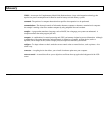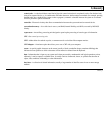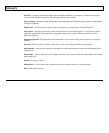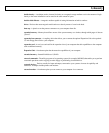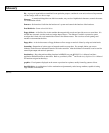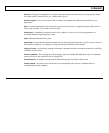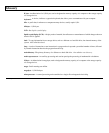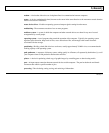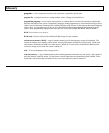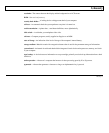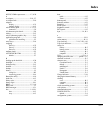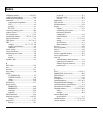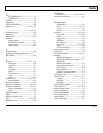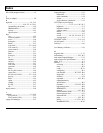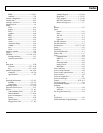
Glossary
program -
A list of instructions that tells your system how to perform a specific task.
program file -
A program stored on a storage medium, such as a floppy or hard disk drive.
programming language -
A set of words, abbreviations, or symbols that are converted into the binary numbers that
represent instructions to the system. Programming languages enable programmers to write instructions using words or
symbols and avoid the time-consuming task of entering the long string of 0s and 1s that represent the numeric language
of the system. A programmer can use any one of several different programming languages designed for his or her
system. Some programming languages have more than one version (for example, MS-BASIC and GW-BASIC).
RAM -
See random access memory.
RAM cards -
Devices which provide additional RAM storage for your computer.
random-access memory (RAM) -
A type of internal memory used for the temporary storage of information. The
contents of random-access memory can be altered, allowing information stored there to be processed. Unlike read-
only memory, information in RAM is lost when power is turned off. For this reason, information in RAM must be
saved on a storage device before the system is turned off.
read -
To access information from a storage device.
read-only memory -
A type of internal memory that contains permanent instructions for your system. The contents of
read-only memory cannot be altered. For this reason, essential instructions are permanently stored in ROM. These
instructions, such as those that execute the self-test, are not lost when the system is turned off.
12 Glossary



